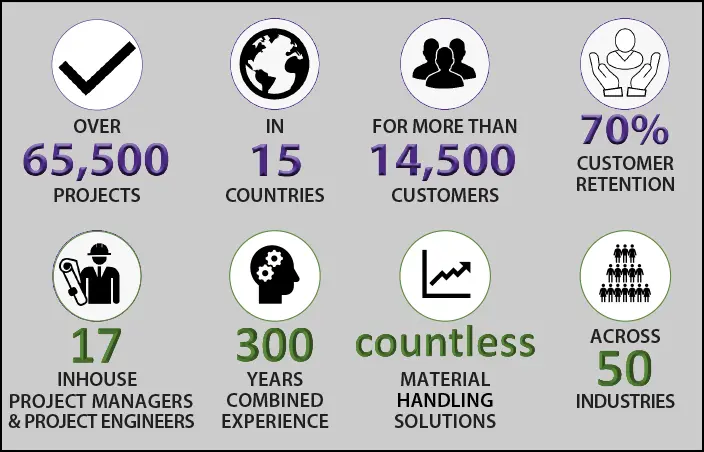Pallet Rack Guide: 4 Common Pallet Rack Types
Watch this video for comparisons on the various pallet racking types and their multiple key factors. Learn the differences and which is best for your operation (2-minutes, 53-seconds).
VIDEO TRANSCRIPT
Hi and welcome to this edition of Total Warehouse Tutorials. In this video we will learn key differences between various types of pallet rack.
In this video we will be comparing selective rack, drive-in and drive-through rack, pallet flow rack, and push back rack on multiple key factors including product flow, storage density, selectivity, common storage applications, and cost.
Selective rack is designed for first-in, first-out product flow. It enables direct access to all stored pallets simultaneously, making it a highly selective solution. Numerous aisles are required to accommodate this high selectivity, making it a lower density option. Selective rack is ideal for operations with constant product circulation or that require access to all pallets at the same time.
In drive-in rack a lift truck loads and unloads through one end of the system, making it a last-in, first-out product flow option. In drive-through rack, the lift truck is able to load in one end and unload in the other, making it a first-in, first-out option. This method of driving into the system eliminates picking aisles, making it a high density solution but low selectivity. Drive-in and drive-through rack is ideal for storing large quantities of uniform products.
In pallet flow rack, the rack supports inclined rollers or wheels that allow pallets to glide from the back (loading) aisle to the front (picking) aisle, making it a first-in, first-out product flow option. Because this flow process provides continuous rotation of products, pallet flow rack is considered to offer moderate selectivity. Typical storage depth can range from 2-12 pallets deep, making it a high density storage option. Pallet flow rack is ideal for storing materials with expiration dates and materials that vary in size.
In Push back rack each pallet is loaded from the front of the system onto a cart. When the front pallet is unloaded, the next glides to the front for picking. This flow process makes push back rack a last-in, first-out option. Push back systems utilize the warehouse cube to reduce required aisle space, making it a high-density pallet storage solution with moderate selectivity. Push back rack is ideal for operations that require access to multiple groups of SKUs simultaneously.
General cost comparisons for these rack systems highly depends on the complexity of the system. For example, the cost to design, supply, and install selective rack is lower compared to drive-in and drive-through rack. Pallet flow and push back are highly complex engineered systems with more components and therefore commonly come with a higher cost.
That’s it for this edition of Total Warehouse Tutorials. I hope you join us for our next edition on pick modules.
REB project designers take into account the layout of your space, the characteristics of your inventory, and the material handling equipment that your team uses. Clearly defining these requirements allows REB to develop the ideal solution as well as provide alternative solutions based on your budget and time frame. Each design meets both local and federal building codes. No matter what the needs of your space, we can create a professionally engineered solution that will help you manage your inventory.
We also stock a large inventory of used industrial storage racks.
For more information on how to optimize your warehouse racking layout, fill in the contact form or call (800) 252-5955.
Share this post:
Submit Your Inquiry
Testimonials
Blog Topics By Category
Blog Topics By Industry

